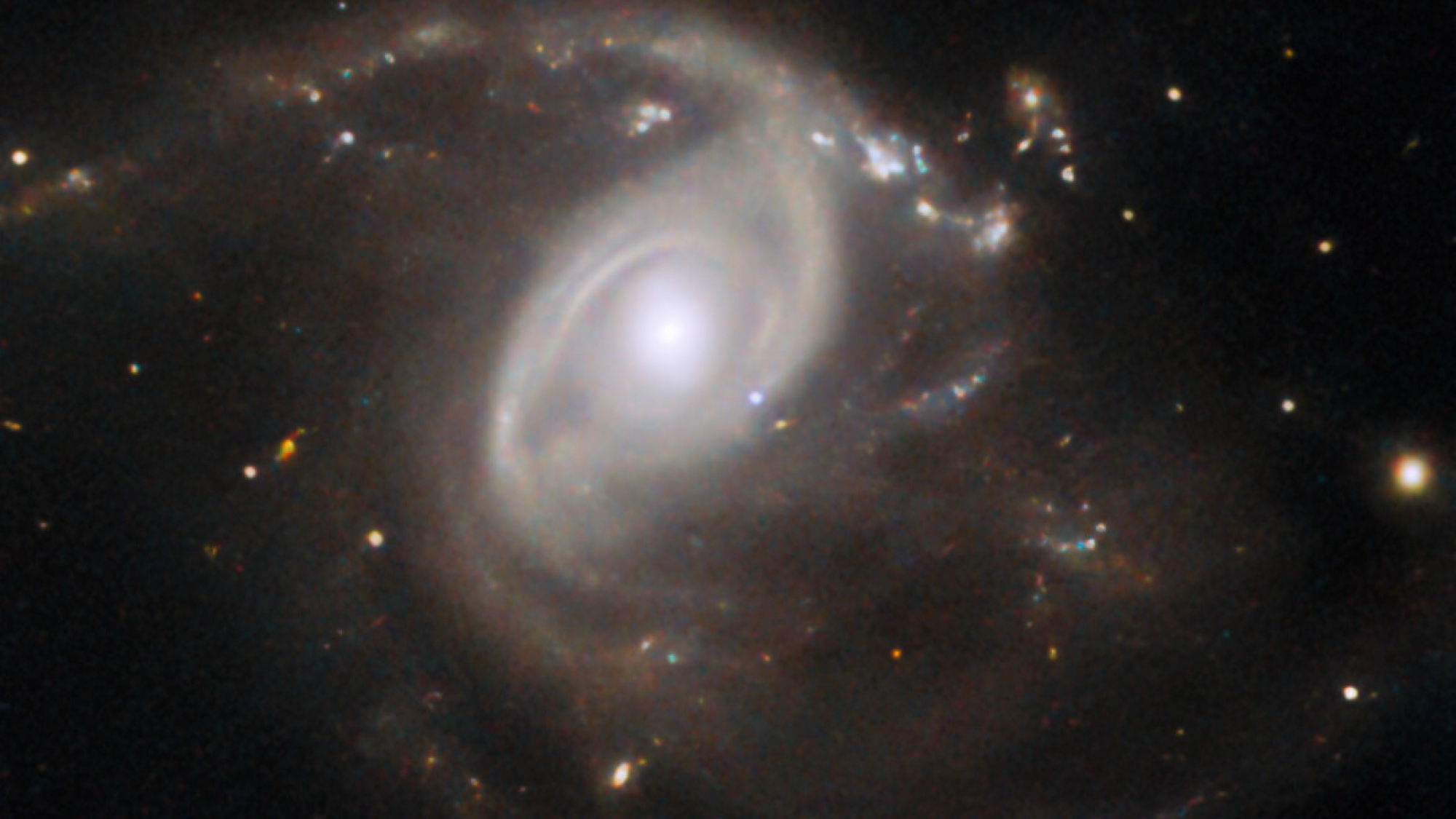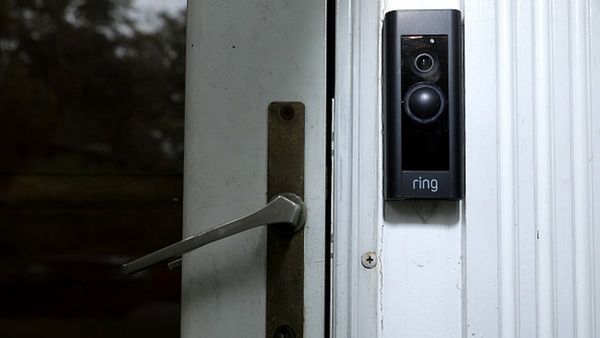
The Hubble Space Telescope recently captured a snapshot of a rare supernova that sits in the Gemini constellation, about 650 million light-years away from Earth.
A newly released Hubble pic shows the galaxy LEDA 22057, where the supernova explosion occurred. The spiral galaxy's swirling mass centers around an oval-shaped core region with a white glow that spins outward to form arms that curve into the speckled cosmos.
The rare supernova, named SN 2024PI, stands out in the photo as a pale blue dot shining clearly amid thick bands of gas, located just a little down and to the right of the galaxy's milky core.
Hubble snapped the image about six weeks after the supernova was discovered. That's why SN 2024PI appears here as a small blue dot, which is much fainter than its maximum brilliance.
Related: The best Hubble Space Telescope images of all time!
Supernovas occur when stars grow old, then collapse and explode. SN 2024PI is special because it's classified as a Type Ia supernova. A white dwarf, which is an incredibly dense, small "dead" star (about the size of a planet), must exist before this special supernova can happen.
However, the existence of a white dwarf is not sufficient for a Type la supernova; the white draft must also be part of a binary star system, in which a pair of stars orbit a common center of mass.
"When a white dwarf siphons material from a stellar partner, the white dwarf can become too massive to support itself," European Space Agency (ESA) officials wrote in a description of the Hubble image "The resulting burst of runaway nuclear fusion destroys the white dwarf in a supernova explosion that can be seen many galaxies away."
The record of this rare cosmic event was discovered by an automated survey this month. Every two days, the survey covers our night sky's entire northern half. More than 10,000 supernovae have been catalogued using this method.
The Hubble Space Telescope, which launched aboard the space shuttle Discovery in April 1990, is a joint project of NASA and ESA. Hubble is managed by NASA's Goddard Space Flight Center in Greenbelt, Maryland.
The new Hubble photo is not the most famous "pale blue dot" image of all time. That distinction goes to a shot captured by NASA's Voyager 1 probe in 1990, which shows our home planet as a distant, colorful speck in a vast, mostly empty cosmos.







